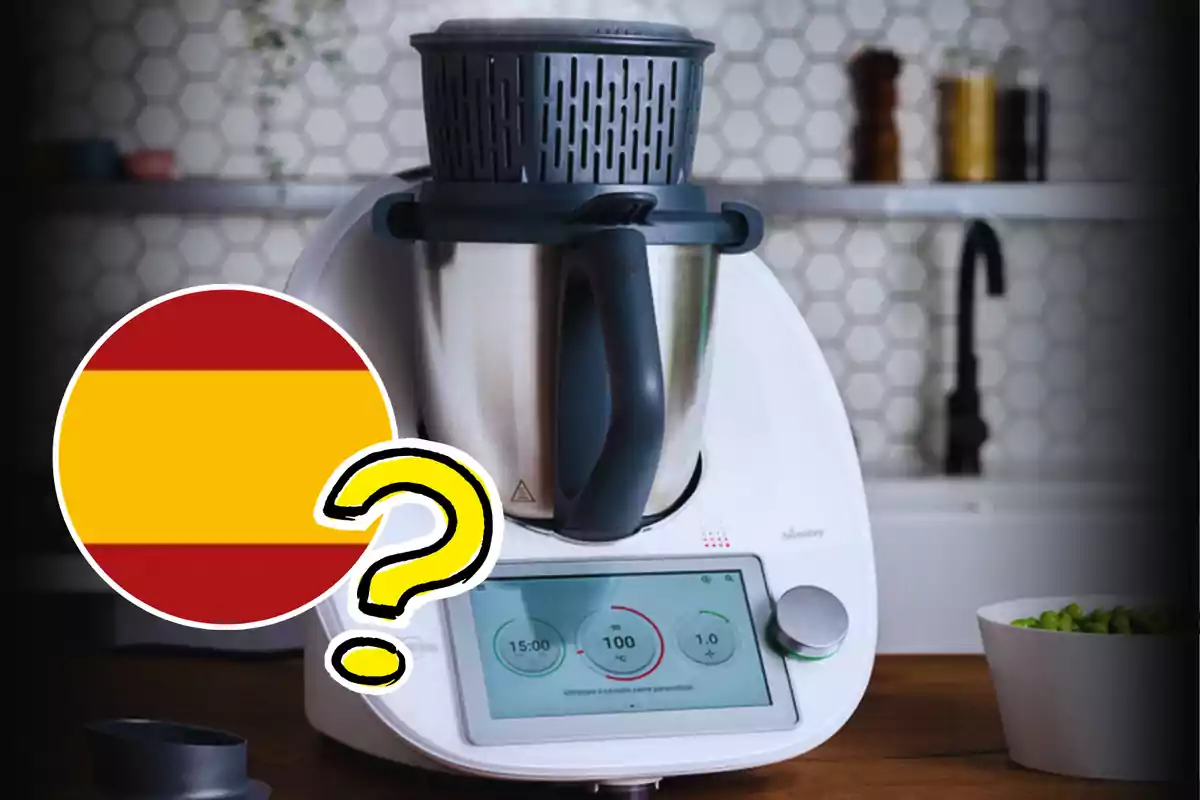
What's Happening in Spain and Why Don't They Use the Thermomix Anymore?
For these reasons, Spaniards have set aside the Thermomix.
Consumption in Spain is often influenced by the tendency to aspire to what others possess. Especially when it comes to goods associated with status. This phenomenon has been evident in the popularity of the Thermomix, a kitchen robot that, for years, became a symbol of modernity and exclusivity.
For decades, the time dedicated to cooking has drastically decreased. While in the 1960s Spanish households spent around two hours preparing meals, today it is not the case. That figure has been reduced to less than 30 minutes.

Meanwhile, the consumption of home-delivered food has increased, especially among young people, reflecting a growing preference for convenience.
In this context, the Thermomix offered an efficient solution, allowing recipes to be prepared quickly and automatically. However, its high cost—with models exceeding 1,500 euros—meant it was not within reach of all consumers.

Faced with this situation, the market reacted with more economical alternatives. Imitations and competing brands began to offer kitchen robots with similar features at a more affordable price. In some cases, quality was compromised, while in others, the new models managed to match or even surpass the original.
With the proliferation of these devices, the Thermomix ceased to be an exclusive item and its demand began to stabilize. Paradoxically, the factor that drove its success—the reduction of time in the kitchen—is also what explains its loss of prominence.
Although it remains a useful tool, the rise of home-delivered food services has led many consumers to even forgo the cooking process. Thus reducing the appeal of this type of appliance.
This way, the robot has taken a back seat, due to various variables. The appliance that was a complete success has now gone underground, surpassed by the immediacy of new generations.
More posts: